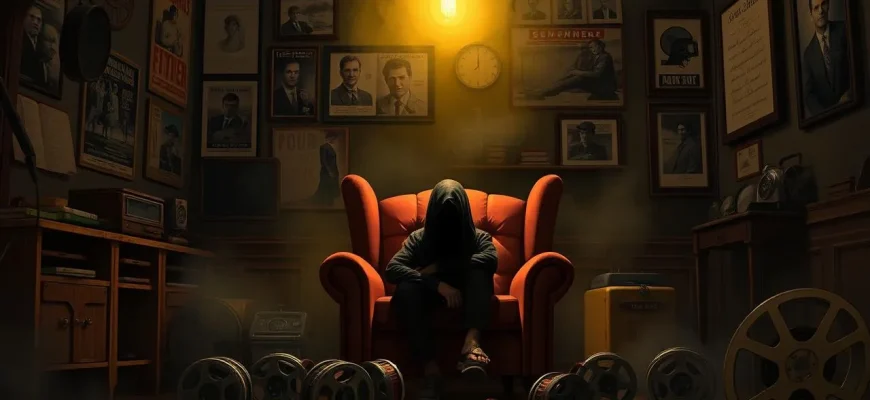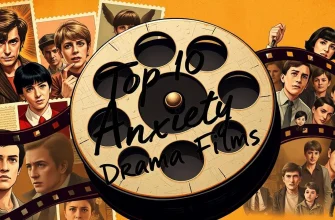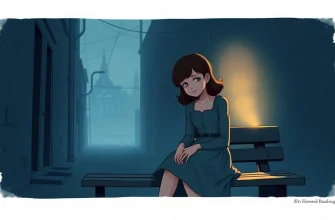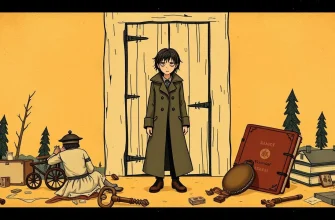In the world of cinema, few themes resonate as deeply as the exploration of hopelessness. These films delve into the darkest corners of the human experience, offering not just a mirror to our own struggles but also a cathartic release. This collection of 10 dramatic films, each with its own unique take on despair, provides a profound look at life's toughest moments. Whether it's the struggle against societal norms, personal demons, or the harsh realities of existence, these stories will leave you contemplating the resilience of the human spirit.
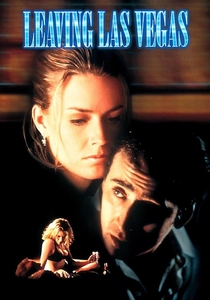
Leaving Las Vegas (1995)
Description: This film tells the story of Ben Sanderson, a screenwriter who decides to drink himself to death in Las Vegas. His encounter with a prostitute named Sera leads to a relationship that's both tragic and tender, exploring themes of self-destruction and the search for connection in despair.
Fact: Nicolas Cage won an Academy Award for Best Actor for his role as Ben Sanderson, and the film was also nominated for Best Adapted Screenplay.
 Watch Now
Watch Now
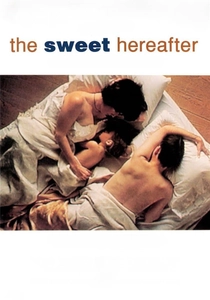
The Sweet Hereafter (1997)
Description: After a tragic school bus accident in a small town, the community grapples with grief, guilt, and the search for someone to blame. The film explores the aftermath of tragedy and the pervasive sense of hopelessness that follows.
Fact: The film was shot in British Columbia, Canada, and its director, Atom Egoyan, also adapted the screenplay from Russell Banks' novel.
 Watch Now
Watch Now
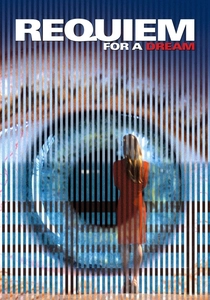
Requiem for a Dream (2000)
Description: Darren Aronofsky's intense drama follows four individuals whose lives spiral out of control due to drug addiction. The film captures the essence of hopelessness as each character's dreams crumble, showcasing the devastating effects of addiction.
Fact: The film's score, composed by Clint Mansell, has become iconic, particularly the piece "Lux Aeterna," which has been used in numerous trailers and media.
 Watch Now
Watch Now
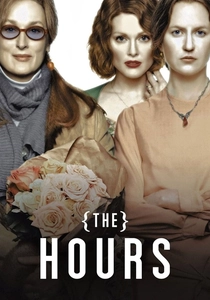
The Hours (2002)
Description: This film interweaves the stories of three women from different eras, all connected by Virginia Woolf's novel "Mrs. Dalloway." Each woman faces her own form of despair, from Woolf's battle with mental illness to the contemporary struggles of identity and loss.
Fact: Nicole Kidman won an Academy Award for Best Actress for her portrayal of Virginia Woolf, complete with a prosthetic nose.
 Watch Now
Watch Now
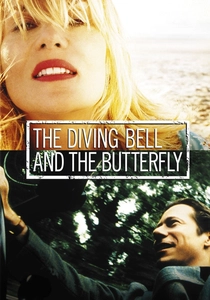
The Diving Bell and the Butterfly (2007)
Description: Based on the memoir by Jean-Dominique Bauby, this film tells the story of a man who suffers a massive stroke, leaving him with locked-in syndrome. His journey of communication through blinking one eye is a testament to human resilience in the face of overwhelming despair.
Fact: The film was shot from the perspective of Bauby, with the camera often mimicking his limited field of vision.
 Watch Now
Watch Now
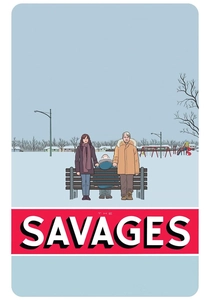
The Savages (2007)
Description: Two estranged siblings are forced to confront their past and their father's deteriorating health. The film delves into the complexities of family dynamics, aging, and the often bleak reality of caregiving.
Fact: The film was shot in Buffalo, New York, and the screenplay was inspired by director Tamara Jenkins' own experiences with her father's Alzheimer's disease.
 Watch Now
Watch Now
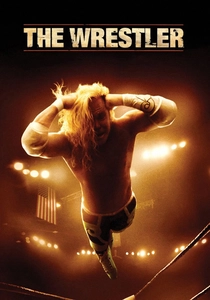
The Wrestler (2008)
Description: Randy "The Ram" Robinson, a washed-up professional wrestler, grapples with the physical and emotional toll of his career. The film captures his struggle with aging, loneliness, and the fading glory of his past, embodying the theme of hopelessness in a very visceral way.
Fact: Mickey Rourke, who plays Randy, was himself a former boxer and wrestler, which added authenticity to his performance.
 Watch Now
Watch Now

The Piano (1993)
Description: Set in the mid-19th century, this film follows Ada, a mute woman who communicates through her piano. Her journey to New Zealand and the subsequent events explore themes of isolation, identity, and the struggle for personal freedom amidst societal constraints.
Fact: The film was shot in New Zealand, and the piano used in the film was actually played by Holly Hunter, who learned to play for the role.
 30 Days Free
30 Days Free

The Son (2002)
Description: A carpenter, Olivier, encounters a young boy who reminds him of his own son, who died years ago. This encounter forces Olivier to confront his grief and the anger he's harbored, exploring themes of loss, forgiveness, and the struggle to move on.
Fact: The film was shot in a documentary style, with long takes and minimal dialogue, emphasizing the emotional depth of the characters.
 30 Days Free
30 Days Free
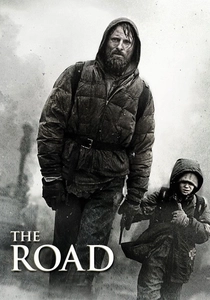
The Road (2009)
Description: This film, based on Cormac McCarthy's novel, paints a bleak picture of a post-apocalyptic world where a father and son journey through a desolate landscape, facing starvation, cannibals, and the loss of hope. It's a poignant exploration of survival and the will to live despite overwhelming despair.
Fact: The film was shot in Pennsylvania, where the crew had to create a winter landscape in the middle of summer. Viggo Mortensen, who plays the father, lost a significant amount of weight for the role to portray the character's starvation.
 30 Days Free
30 Days Free

